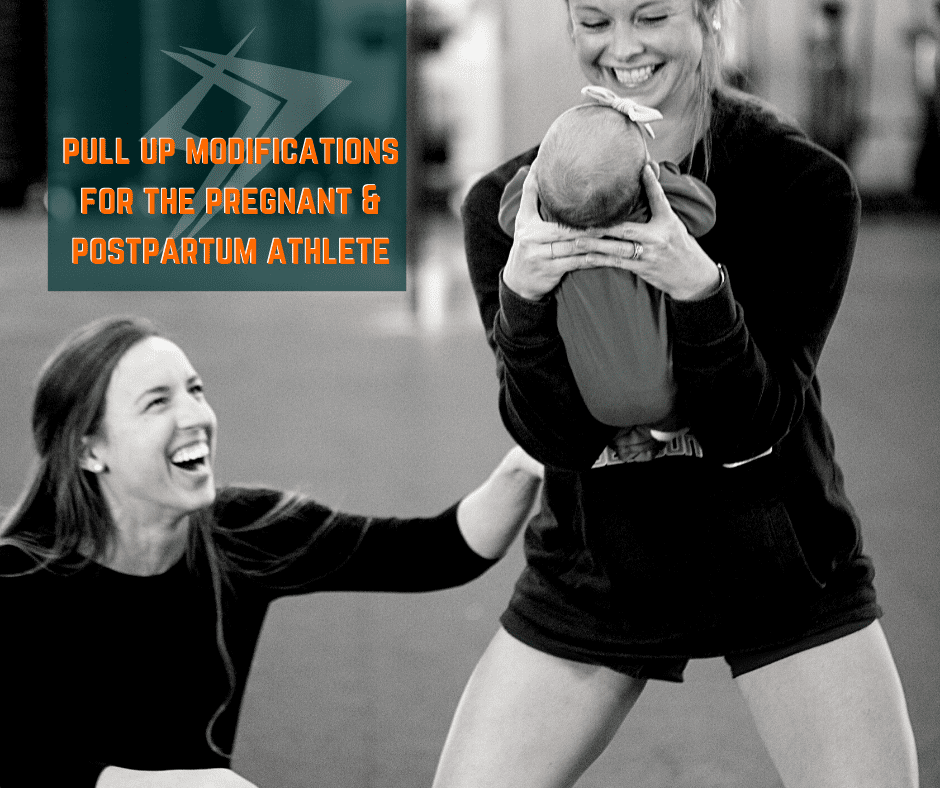
If you are a fitness athlete and you are pregnant or postpartum, you have many more considerations in your workouts now compared to pre-pregnancy. Pull-ups are just one exercise we often see programmed in workouts. And it’s one exercise that needs to be adjusted as you journey through being pregnant and postpartum in order to optimize your core and pelvic health.

Pull-ups work much more than just our arms. They actually use almost every single muscle in our bodies, especially if you’re doing them correctly. And that’s true no matter if we’re performing them as strict or butterfly, kipping or with a band. It’s one reason why you’ll find them programmed in some of the toughest Crossfit workouts: Fran, Murph, Helen.
Hollow Body Hold
And so if you break down pull-ups into its central most important task, you will find the hollow body position. “Hollow body” is:
- Arms squeezing tightly with straight elbows with your hands above your head
- Toes pointing and legs squeezed together tightly
- Chin tucked in and booty tightening
- Abs firing, pelvis tilting backwards to create a flattened back
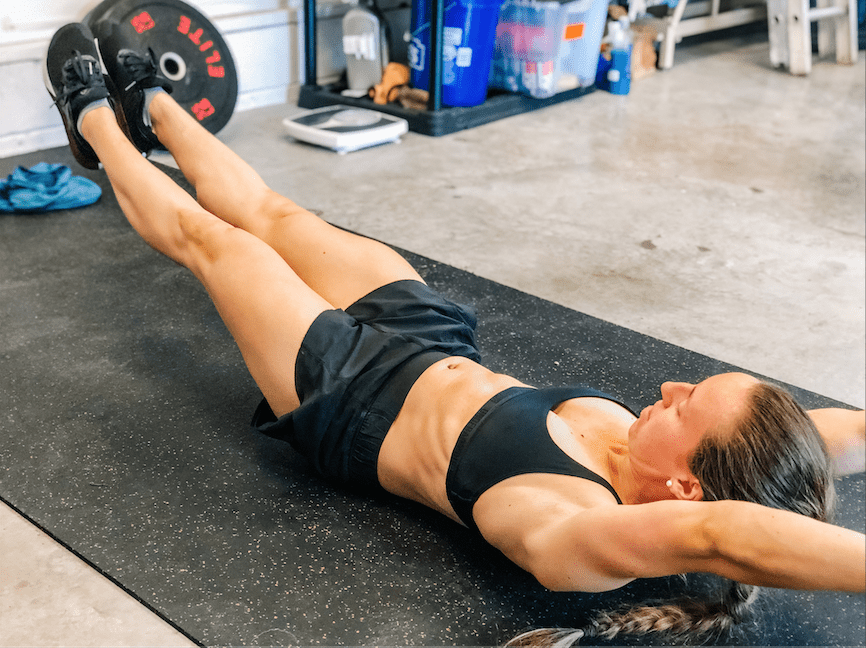
Hollow is important because it is efficient. It is efficient because you are squeezed into one tight unit. This gives your arms less to work against. Whenever you are pulling your chin up over the bar or you are upside down pushing your body weight up in a handstand, a strong hollow will help. Hollow is hard (in general) because the levers of your arms & legs are working against your abs. Ab strength and integrity is what the hollow is all about.
Hollow Holds and The Pregnant or Postpartum Athlete
Enter: pregnancy & postpartum phase. Where abdominal strength & integrity are challenged like no other! During pregnancy, the abdominal muscles begin to spread apart to make room for a growing human (or two or more!) inside the womb. This added pressure and stretch puts the abdominal muscles at a disadvantage, meaning it’s much harder for the abs to perform their typical job: bringing your ribs (in the front) down toward your pelvis.
And during postpartum, those muscles are healing. They are no longer being stretched out actively by a tiny human inside, but they just spent a longggg time being stretched out. 9 consecutive months, with each month being a bigger stretch. Can you imagine if you had a constant 9 months of stretching on any other muscle, like your hamstrings on the back of your thighs?? 9 months, or 40 weeks, is 280 days. And that is 6,720 hours which equals 403,200 minutes! Constant stretching. (Fact: Due to all the stretching, by the 3rd trimester 100% of women have a diastasis. Diastasis is a widening of the line down the front of your abdomen, the linea alba.)
Can you imagine if you had a constant 9 months of stretching on any other muscle, like your hamstrings on the back of your thighs?? 9 months, or 40 weeks, is 280 days. And that is 6,720 hours which equals 403,200 minutes! Constant stretching.
-Dr. Alexis Morgan, PT
So later in postpartum, the abdominal muscles are trying to find that resemblance of normal they used to have. But the body must spend energy first on healing your womb, on healing the exit point (vagina or abdomen for c-section) wound. Therefore, it takes time for the body to prioritize getting those abs back to where they were, even if there is a diastasis. (And that’s not even mentioning all the factors that play into efficient healing, but that’ll have to wait for another blogpost.)
You Choose.
Undoubtedly, your abdomen is going to go through a lot during this phase of life. So the question becomes: “‘Should’ I put my abdomen through more stretch & more pressure during pregnancy?” Rather than “‘Can’ I still do ab work during pregnancy?” The question becomes: “How can I set my body up for success during the long postpartum journey?” Rather than “How can I do as much as I can for as long as I can?” At the end of the day, you are in charge of your body. You make your own decisions. Just make sure to educate yourself on the road you choose to go down.
At the end of the day, you are in charge of your body. You make your own decisions. Just make sure to educate yourself on the road you choose to go down.
-Dr. Alexis Morgan, PT
If, after reading this blog & doing your research, you choose to modify your abdominal workouts, read on!
8 Modifications for Pull Ups
The next 8 modifications are listed in a specific order: the first exercises are the modifications that are closest to actual pull ups. They are more advanced. The last exercises are the modifications that are the most scaled. We suggest* using all 8 modifications throughout your pregnancy, starting at the top and working your way down. During postpartum, you’ll work in the opposite direction: starting at the bottom (the most scaled) and working your way up, back to doing pull ups full-scale.
*Please note: this is general advice written in a blog format. For the most individualized care, speak with your trained professional to ensure you do what is best for you.
1. Banded Pull-Ups
2. Negatives & Lock Offs
3. Hollow Hold Bar Hang
4. Superman to Hollow
5. Dead Bug Variations
6. Leg-Assisted Pull-Ups
7. Kneeling Banded Pull-Ups
8. Seated Banded Pull-Ups
When to Modify Pull-Ups
So now that you’re familiar with what to use to modify, now onto the next question: How do you know when to move to the next exercise?
During pregnancy, you’ll want to regress (do the more modified version) when you begin coning or doming (an extra pouch or bulge at your core that pops out when you exert your core &/or hold your breath). You can try a different breathing or bracing strategy, but if it continues, this means that your abs have more pressure than they can handle. They’re no longer able to keep up with the demand of the work asked of them. This could lead to a worsened diastasis or a weakened pelvic floor. Scale down.
And with postpartum, remember initially allowing your body to heal is priority. Therefore, starting no earlier than 4 to 6 weeks is optimal. We also suggest spending at least 2 to 4 weeks in each category. Remember- it took you 9 months to scale down to your current starting point. It’s normal & expected for you to take months to build yourself back up. After 5 to 10 sessions of pull ups (depending on your programming), attempt the more challenging scale. If you have signs of doming or coning or pressure or peeing, then regress back and continue building strength.
Reach out!
If you continue to have challenges, reach out to our Pregnant & Postpartum specialists. Learn more here. Download the Free Guide to Return to Exercise Postpartum from Dr. Alexis Morgan, PT.
Recent Articles
Achilles Tendonitis: Diagnosis & Treatment
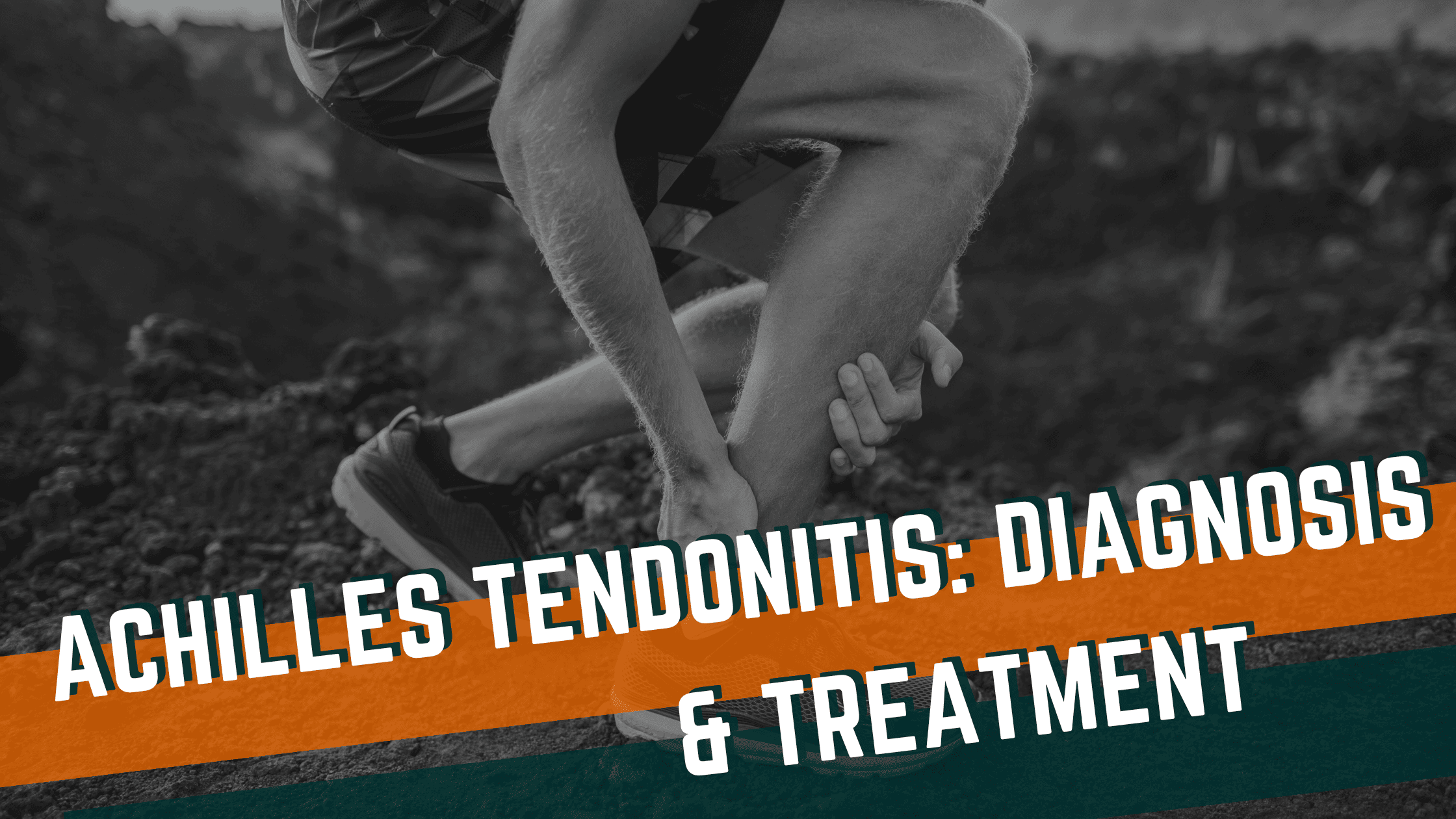
Hip Pain in Runners
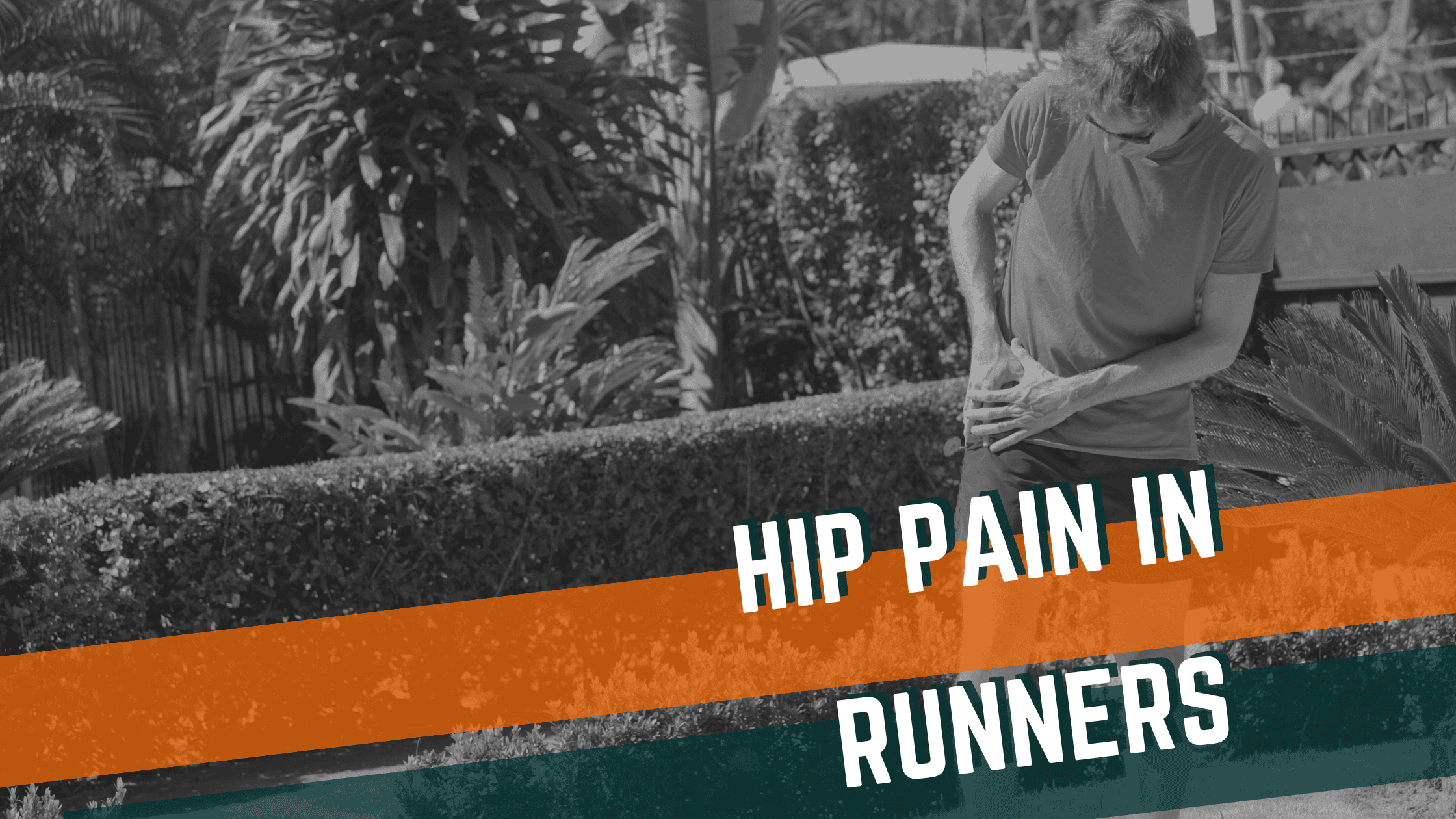
A Guide to Conditions Treated with Dry Needling
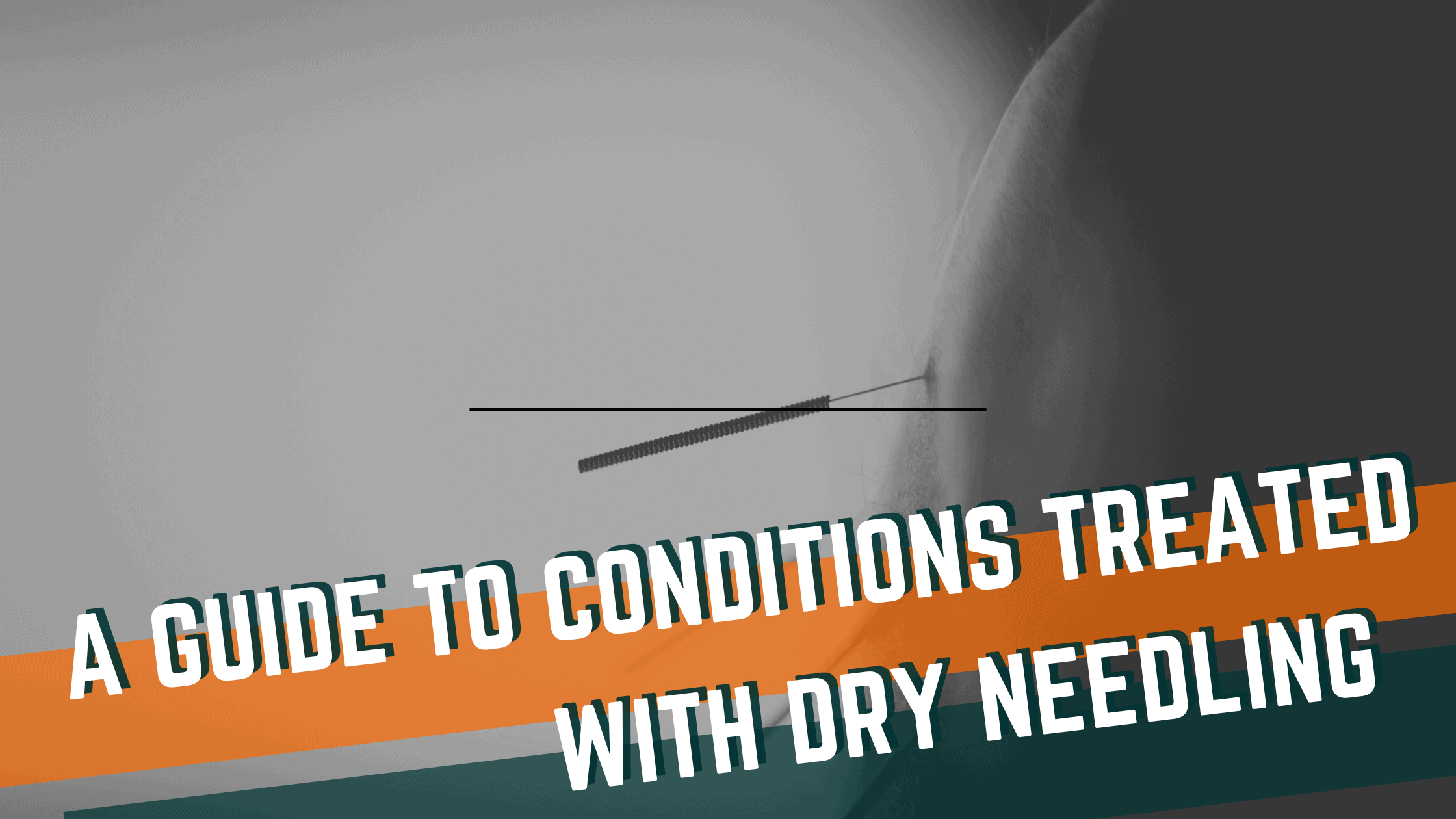
Reconnect to the CORE Postpartum: Pelvic Floor Exercises for Postpartum Healing
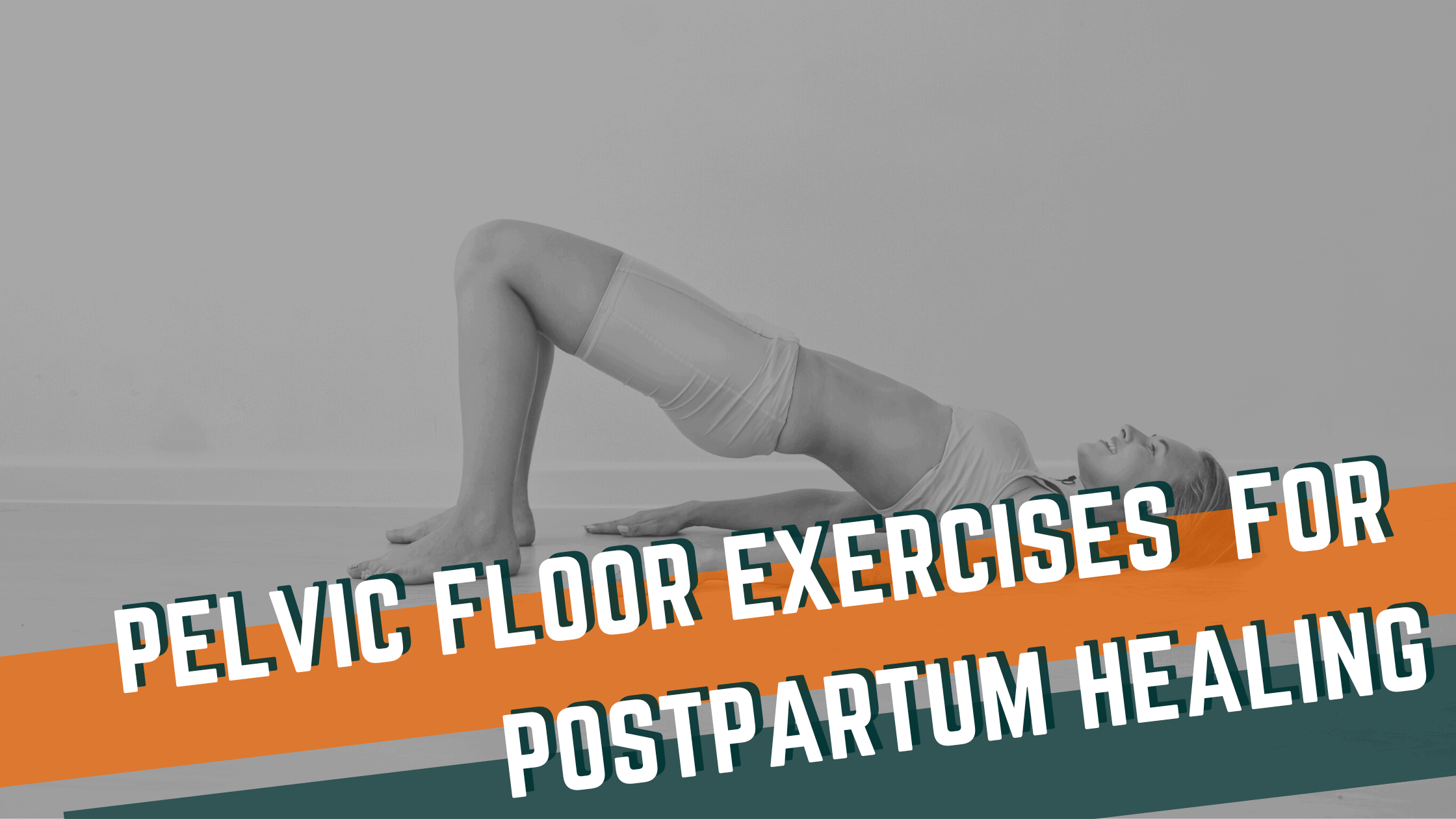
Preventing Back Pain in CrossFit: Key Considerations for Training Safely

